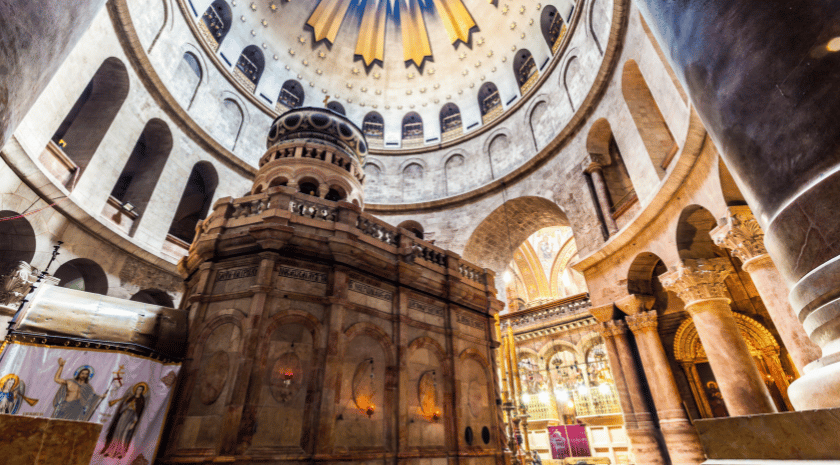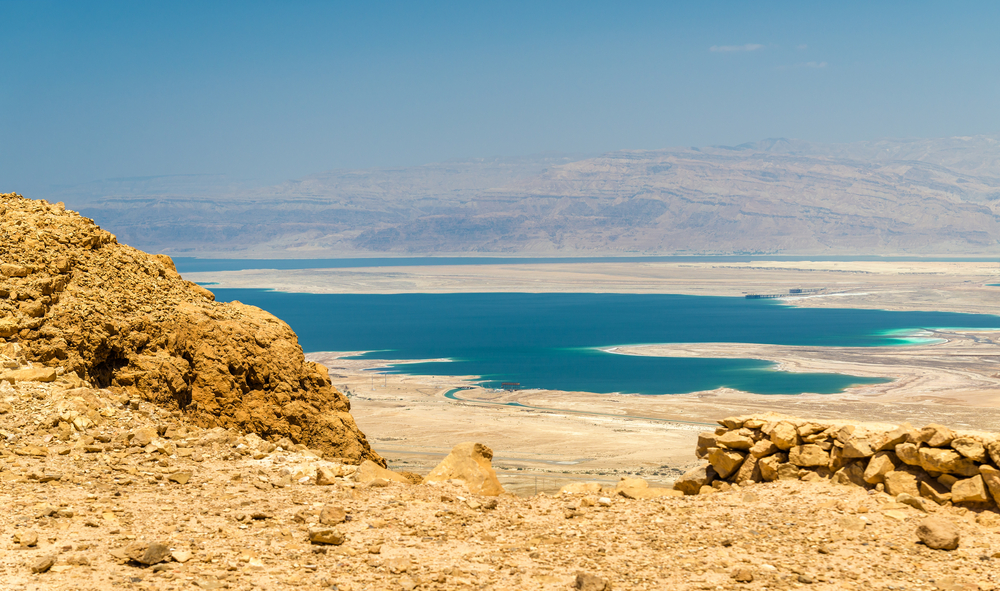11 Must-Visit Historical Landmarks in Israel: A Complete Travel Guide
Ever wondered what it's like to walk through thousands of years of history in just a few days? Well, pack your bags because Israel is basically the world's coolest time machine! From ancient temples to modern architectural wonders, this tiny country packs more historical punch per square mile than almost anywhere else on Earth. Let's take a fun journey through some of Israel's most amazing landmarks.
The Western Wall: Where Ancient Stones Tell Stories

Picture this: you're standing in front of a massive wall that's been around since before Instagram, TikTok, or even electricity! The Western Wall (or Wailing Wall if you're feeling traditional) isn't just any old wall – it's the last remaining piece of the Second Temple, and boy, does it have stories to tell! Today, you'll see people from all over the world tucking little notes with their wishes into its cracks. Pro tip: bring a hat or borrow one of the free kippahs available on site – the Jerusalem sun can be quite the character!
The Dome of the Rock: The Golden Crown of Jerusalem

Speaking of Instagram-worthy spots, the Dome of the Rock is basically the OG of beautiful buildings. With its gleaming golden dome and stunning blue tiles, it's like the crown jewel of Jerusalem's skyline. Built in 691 CE (talk about vintage!), this architectural superstar sits on the Temple Mount, a place that's super important to three major religions. It's like the ultimate historical crossroads where Judaism, Islam, and Christianity meet.
The Church of the Holy Sepulchre: Where History Gets Real

If these walls could talk, they'd probably need their own podcast series! This church is believed to be where Jesus was crucified and buried, making it Christianity's ultimate pilgrimage spot. What's really fascinating is how different Christian denominations share the space – they've even got a specific schedule for who gets to clean which part of the church when. It's like the most complex roommate arrangement ever, but it's been working for centuries!
Masada: The Original Desert Fortress

Want to feel like you're in an epic historical movie? Masada's got you covered! This fortress sits on top of a massive plateau overlooking the Dead Sea, and let me tell you, the views are absolutely spectacular. Back in the day, it was King Herod's desert paradise (complete with a three-tiered palace – talk about luxury living!). The best part? You can take a cable car up, or if you're feeling adventurous, hike up the Snake Path before sunrise for one of the most incredible morning views you'll ever experience.
Caesarea Maritima: The Roman Riviera of the Ancient World
Imagine an ancient Roman city with a harbor so advanced it would make modern engineers jealous. That's Caesarea for you! King Herod (yes, the same guy who built Masada – he was quite the builder) created this port city with all the amenities a Roman citizen could want: a hippodrome for chariot racing, a theater that's still used for concerts today, and even underwater archaeological sites you can snorkel through!
The Dead Sea Scrolls and Qumran: The Greatest Archaeological Plot Twist
In 1947, some Bedouin shepherds accidentally stumbled upon what would become one of the biggest archaeological finds ever – talk about a lucky day! The Dead Sea Scrolls were found in caves near Qumran, and they've completely changed how we understand ancient Jewish life and early Christianity. Visit the site today, and you might just feel like an archaeologist yourself as you explore the ruins of this ancient community.
Tel Aviv's White City: Where Bauhaus Met Beach Life
Who says all historical landmarks have to be ancient? Tel Aviv's "White City" is proof that sometimes the coolest history is more recent. Picture this: thousands of white buildings with clean lines and innovative designs, all built in the 1930s by architects who fled Europe. It's like they took the Bauhaus style and gave it a Mediterranean vacation! Today, these buildings aren't just architectural eye candy – they're home to some of Tel Aviv's hippest cafes, boutiques, and art galleries.
The City of David: Where It All Began

Just when you think Jerusalem can't get any more historical, there's the City of David! This is where the whole story of Jerusalem started, and archaeologists are still finding cool stuff here all the time. Don't miss the chance to wade through Hezekiah's Tunnel – a 2,700-year-old water tunnel that's still working! Just bring water shoes and a sense of adventure.
Beersheba: The Desert Time Capsule
Beersheba isn't just any desert city – it's where Abraham himself is said to have chilled (and made some important agreements). Today, it's a fascinating mix of ancient wells, reconstructed history, and modern desert life. The local market is a must-visit spot where you can haggle for spices just like traders did thousands of years ago.
Akko (Acre): Where Knights Met Mediterranean Charm
Last but definitely not least, Akko is like a medieval dream come to life by the sea. This ancient port city has everything: crusader halls that look like they're straight out of Game of Thrones, a stunning seaside wall walk, and some of the best hummus in Israel (trust me on this one). The underground tunnels will make you feel like a time-traveling explorer, and the local market is a feast for all your senses.
Whether you're a history buff, a photography enthusiast, or just someone who loves a good story, Israel's landmarks offer something for everyone. Each site is like a chapter in the world's most amazing history book, but with better views and tastier food! Remember to bring comfortable shoes, a good camera, and most importantly, your curiosity – because around every corner in Israel, there's another incredible story waiting to be discovered.



























